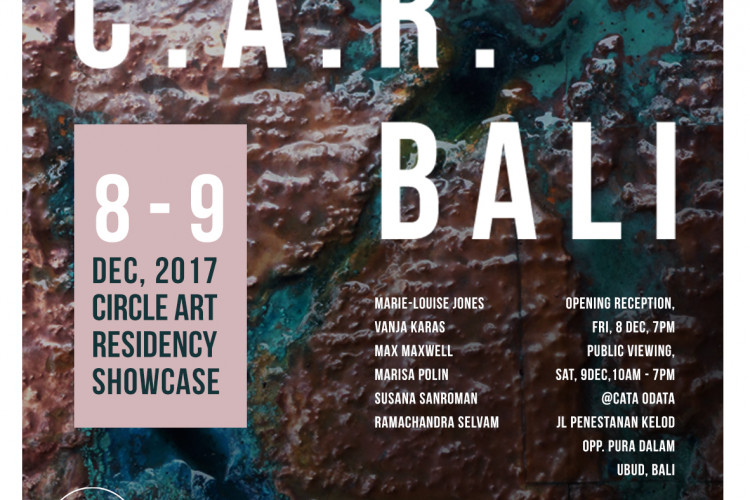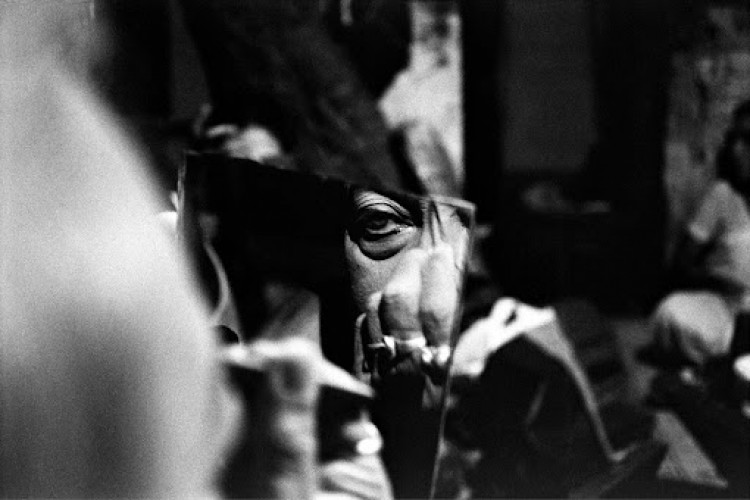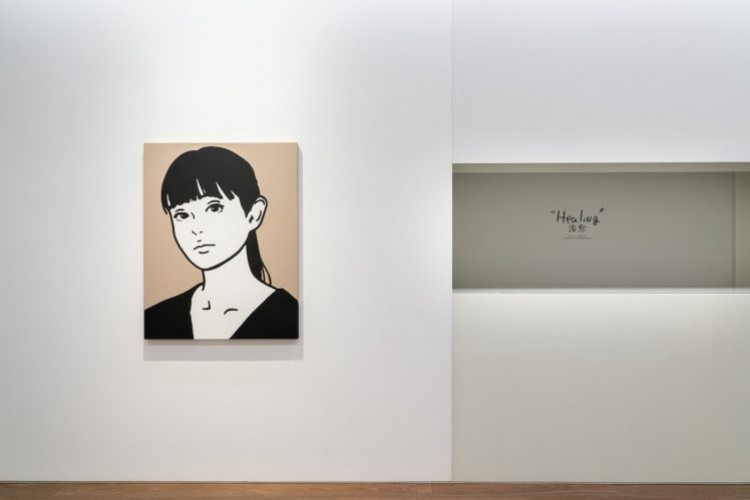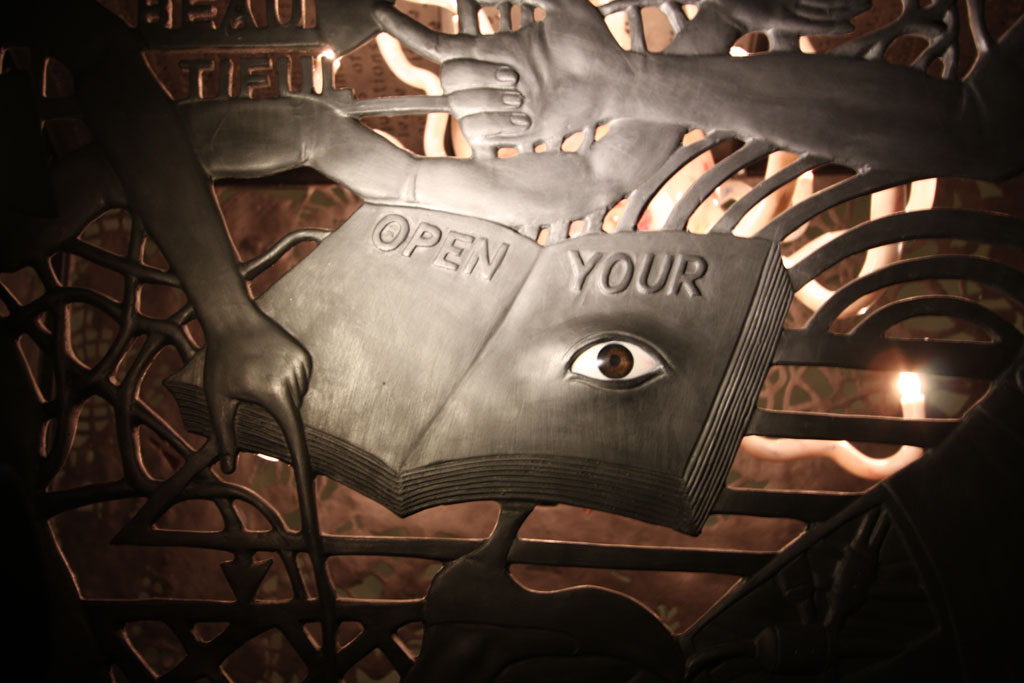
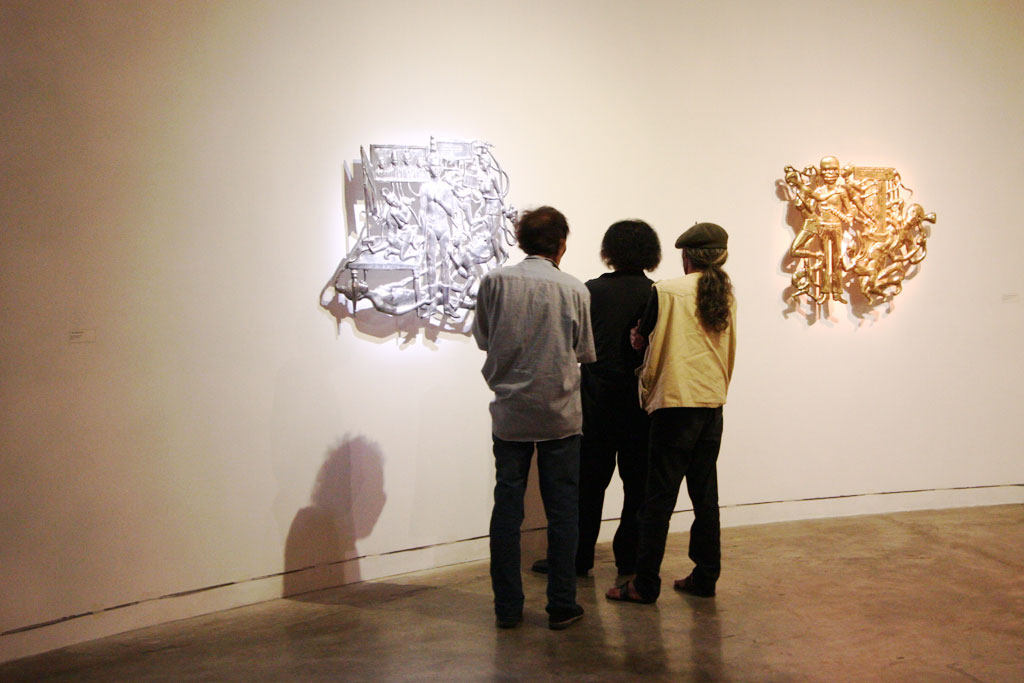
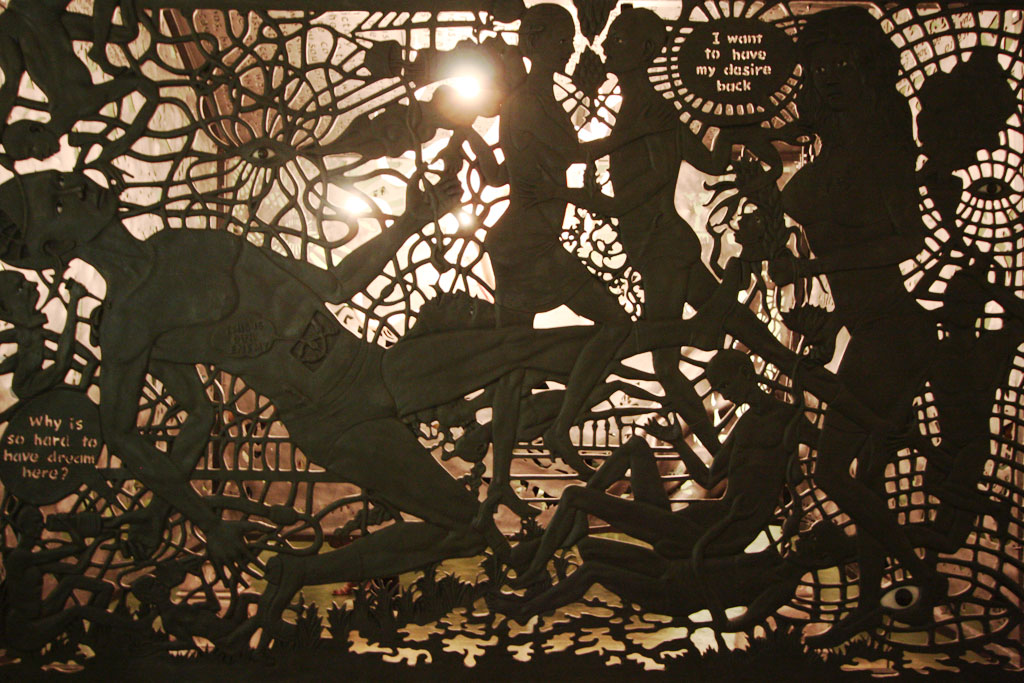
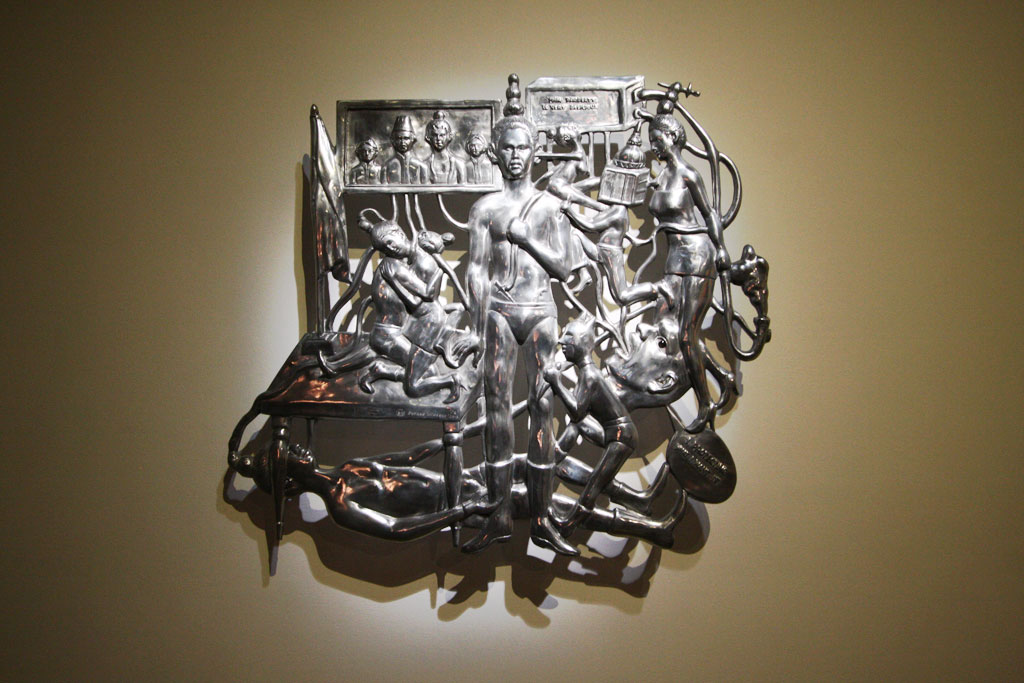
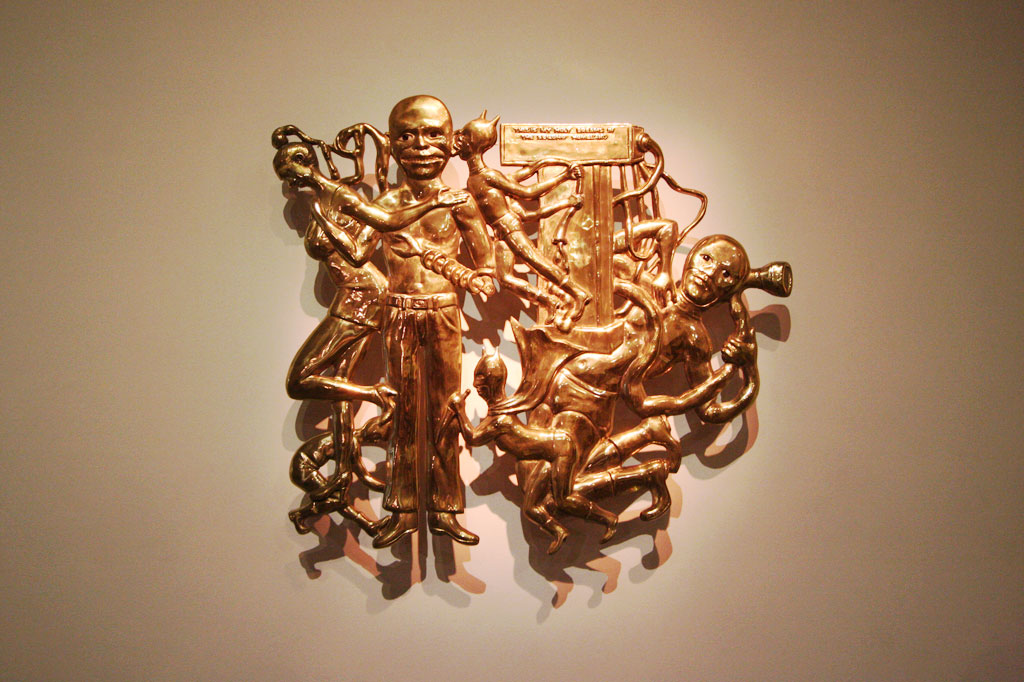
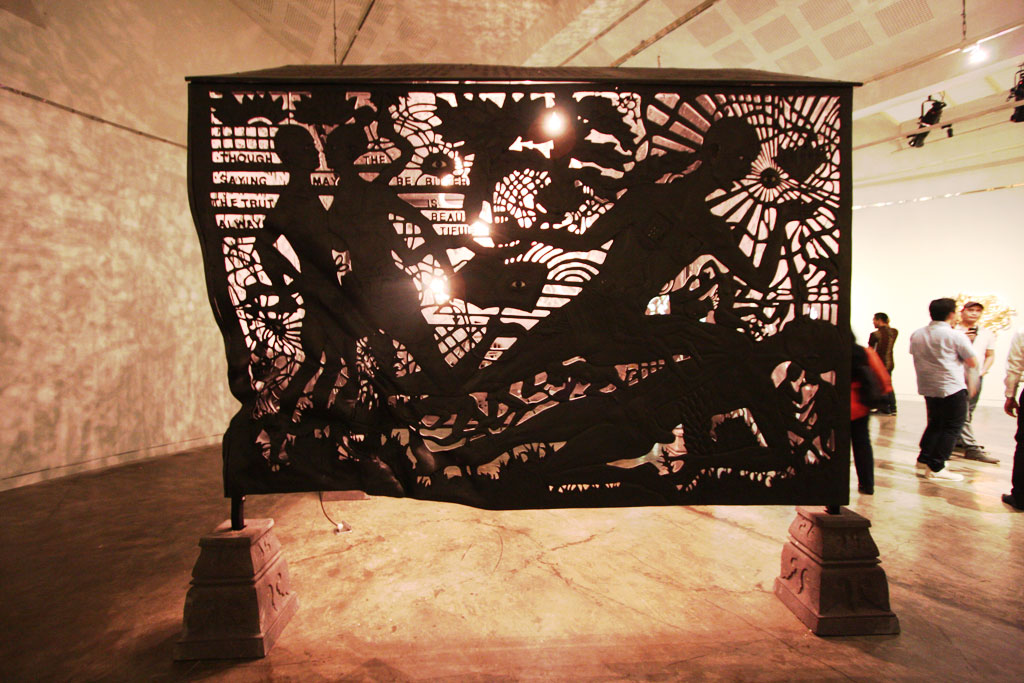
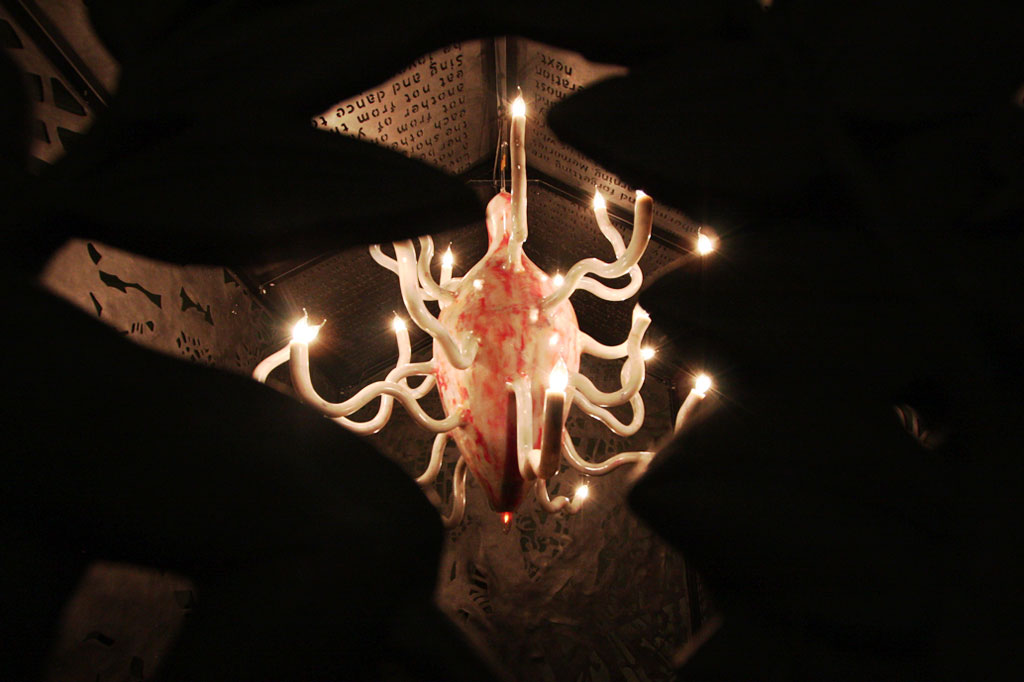
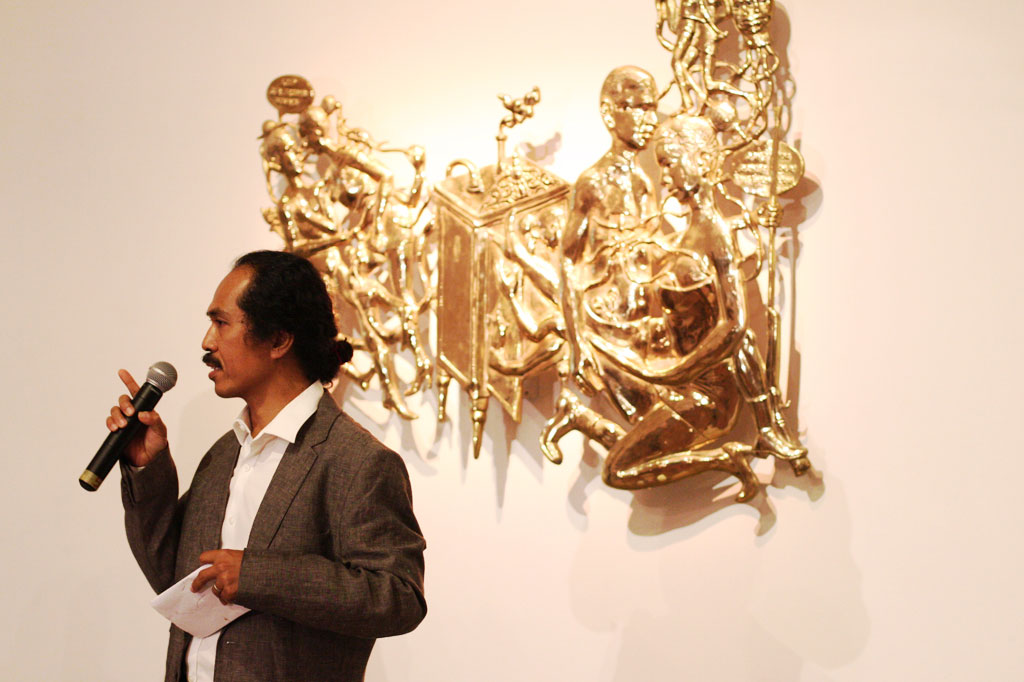
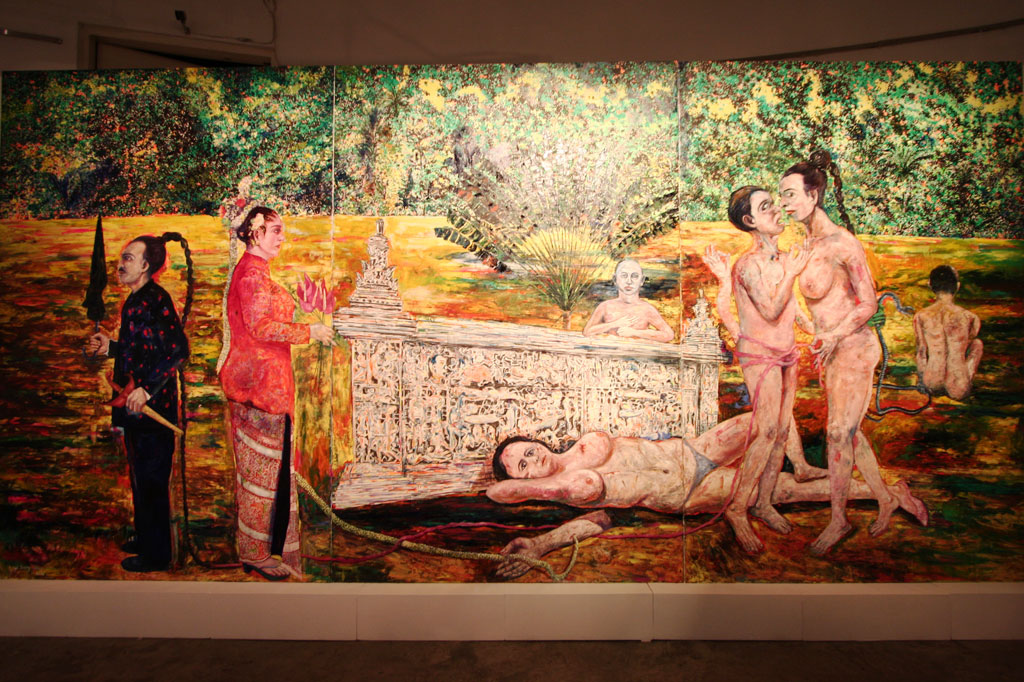
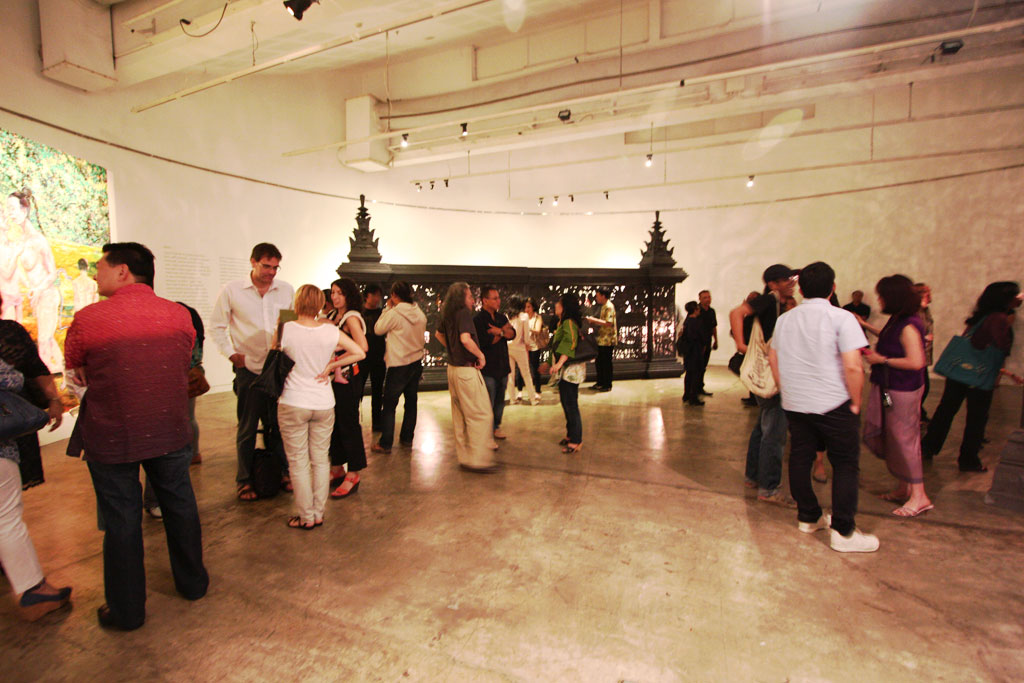
Technological advancement has increased the variety of mediums with which art can be explored. But although technology has had a large impact on the development of art, it is the increasingly flexibility of the definition of the word “art” itself that has allowed artists to draw inspiration from more sources than ever before. The growing favorability towards mixed media as well as multi-disciplinary approaches has resulted in unique works that might have been difficult to create in earlier times.
And yet perhaps nurturing an almost borderless attitude towards art can also lead to unwanted consequences. A piece of artwork that is loaded with concepts from all sorts of disciplines might become too difficult to understand and enjoy. In other words, the density of a particular artwork can end up creating confusion instead of awe – severing the connection between the artist and the audience.
Luckily, there is still hope. While not all artworks are necessarily meant to be a personal message from the artists to the audience, art is personal in nature. This personal aspect of art, this idea that there is a person who sees the world in specific way, fuels the curiosity of the audience. There is a desire to know more about the gifted individual who can create such fascinating – and times incomprehensible – things. The artist will become as important as the art itself.
“Why do we read a writer’s journal?” asked Susan Sontag in her essay entitled “The Artist as Exemplary Sufferer.” In her opinion, it is not because it might provide detailed explanations on their books, but because journals allow us to “encounter the ego behind the masks of ego in an author’s works.” The journal is the place where writers can be themselves. It is a raw autobiography that shows a writer’s true colors.
In the visual arts, the autobiography takes a different – though no less personal – form. Entang Wiharso, an artist whose exhibition called Geo-Portrait #2 opened on October 11, 2013 and will be open to public until November 11, 2013, explores this autobiographical approach in his own way.
In an interview with the exhibition’s curators, Nirwan Dewanto and Asikin Hasan, Mr. Wiharso said that Geo-Portrait #2 is a summary of his earlier exhibitions, Love Me or Die, Untold Story, Crush Me, and Geo-Portrait. He went on to explain the concept that connected all of these exhibitions – namely that of a “self-portrait.” Personal memories were the main ingredient of all of his works. He intended his creations to reveal parts of himself.
The difference between the writer’s journal mentioned by Sontag and the “journal” of the artist is that the latter can be made up of many more things than words. There are more options that the artist can choose from. Will his identity and worldview be shown through a painting or sculpture? He or she simply can simply pick. In Geo-Portrait #2, Entang Wiharso is divided into nine artworks – including paintings and installations.
One of the installations, which Mr. Wiharso names “Temple of Hope Hit by a Bus,” stood out among the rest. The empty space within the “temple” is illuminated by a giant lamp that is shaped like a human heart. But it is hard to focus on the heart because the walls of the temple itself are worth admiring. It is interesting that the core of this installation is the human heart – which in addition to being a vital organ, is also often used in poetry to describe the soul.
Apart from being a platform where Entang Wiharso can understand himself, and make others understand with him, Geo-Portrait #2 is also important as it is based on a the concept of transition – a “neither here nor there” sense of existence that is common in today’s world. Mr. Wiharso stresses “issues on perception and reality” and how they are shaped by his own experiences of living in and travelling to many places.
It is not easy to look deep into oneself. The thought that there could always be something horrible sitting deep within us is undeniably frightening, but as the artist Entang Wiharso shows through his exhibition, art can help us get rid of that inherent fear.
Geo-Portrait #2 is open to public from October 12 until November 11, 2013 at:
Komunitas Salihara
Jalan Salihara 16
Pasar Minggu, Jakarta 12520








